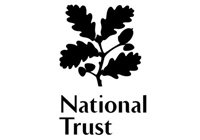- Home
- Castle Ruins
- English Castle Ruins
Castle Ruins in England
Abandoned castles and crumbling ruins have captivated people of all ages. Why have so many castles and mighty fortresses been allowed to fall into disrepair?
Castles lost their military efficiency because weapons evolved and the need of hiding behind a thick castle wall to defend yourself became redundant. Ancestors also seeked more comfortable living conditions and the high maintenance cost of a castle forced owners to abandon them.
VISIT SOME OF THE FINEST CASTLE RUINS IN ENGLAND
BODIAM CASTLE
Bodiam Castle was built in 1385 by Sir Edward Dallingridge, who was once a knight of Edward III. He designed the castle with the intention of defending the area of East Sussex from a possible French invasion during the Hundred Years Wars.
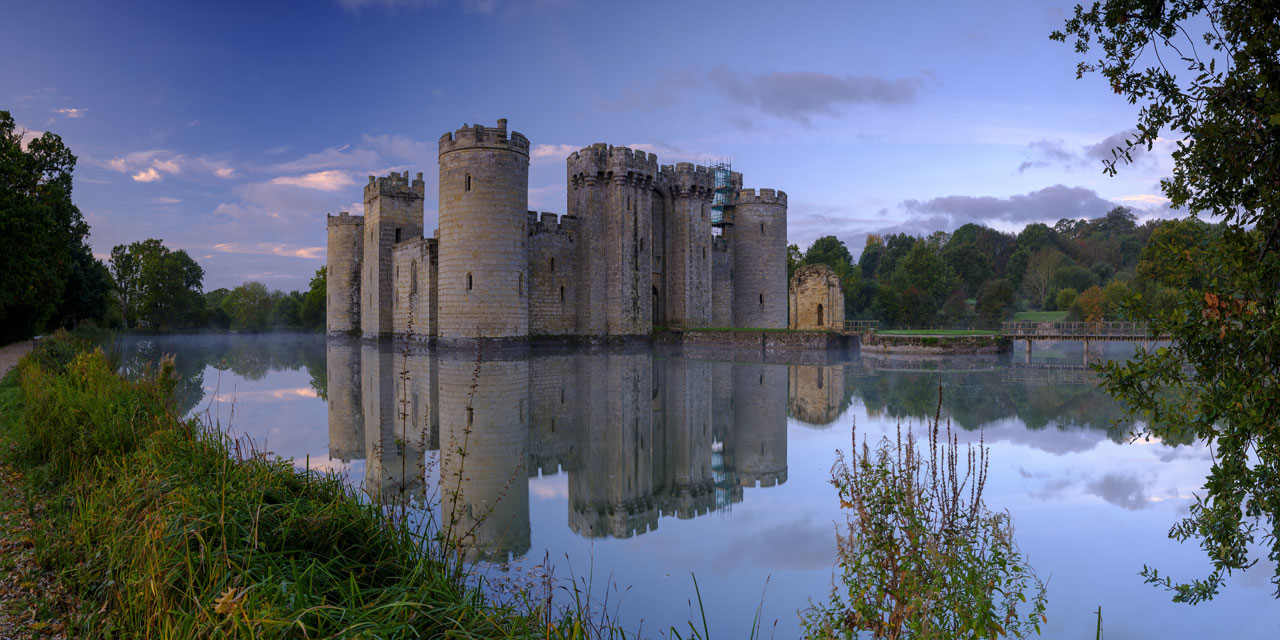
Bodiam Castle changed hands several times. During the start of the English Civil War in 1641 the castle was owned by Lord Thanet. He was a keen Royalist supporter and decided to sell the castle to pay for fines brought against him by Parliament.
The castle was bought and sadly dismantled, left in ruin until John Fuller purchased it in 1829. Restoration work began and Bodiam Castle eventually became a Grade I listed building and has been owned by The National Trust since 1925, donated to them by Lord Curzon.
Bodiam Castle is one of the best known castles in England. Maybe it is the design of the building, or the iconic moat and the beautiful setting that makes the castle so popular.
Location: East Sussex
Official Website: Bodiam Castle
KENILWORTH CASTLE
Kenilworth Castle is a medieval fortress, founded during the Norman Conquest of England.
The castle was first established in the 1120s by Geoffrey de Clinton. It was developed over the years and became a residence for Lancastrian Kings in the Middle Ages. It was later granted to the Earl of Leicester by Elizabeth I.
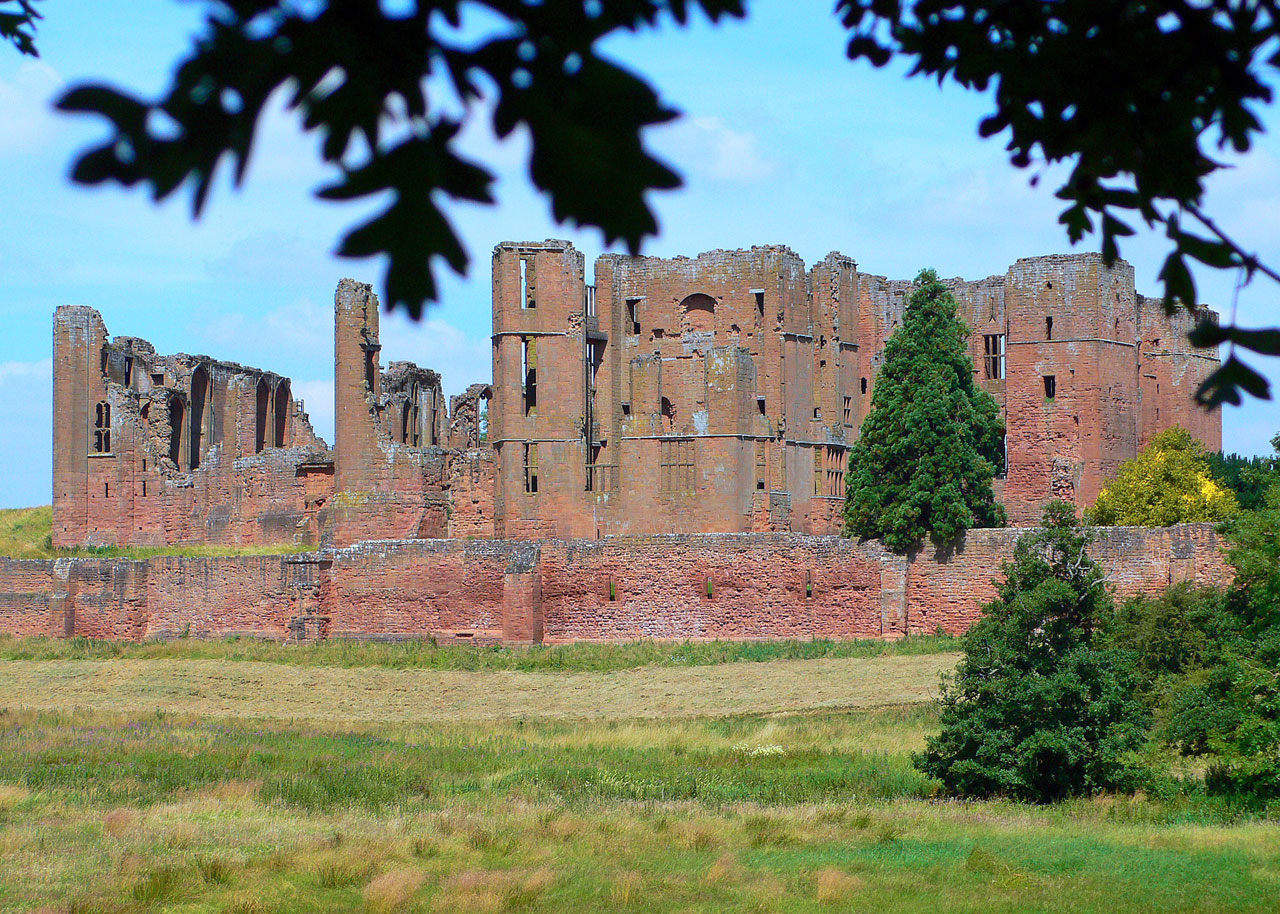
The fortifications of the castle were dismantled in 1650 after the English Civil War. Kenilworth Castle played an important historical role as it was the subject of what is believed to be the longest siege in English medieval history known as the Siege of Kenilworth in 1266.
Location: Warwickshire
Official website: Kenilworth Castle
CORFE CASTLE
The magnificent ruins of Corfe Castle stand on a natural hill. It is the entrance to what used to be the main route through the Purbeck Hills. It is believed the castle buildings were originally built of wood, being rebuilt in stone during the 11th century by William the Conqueror.
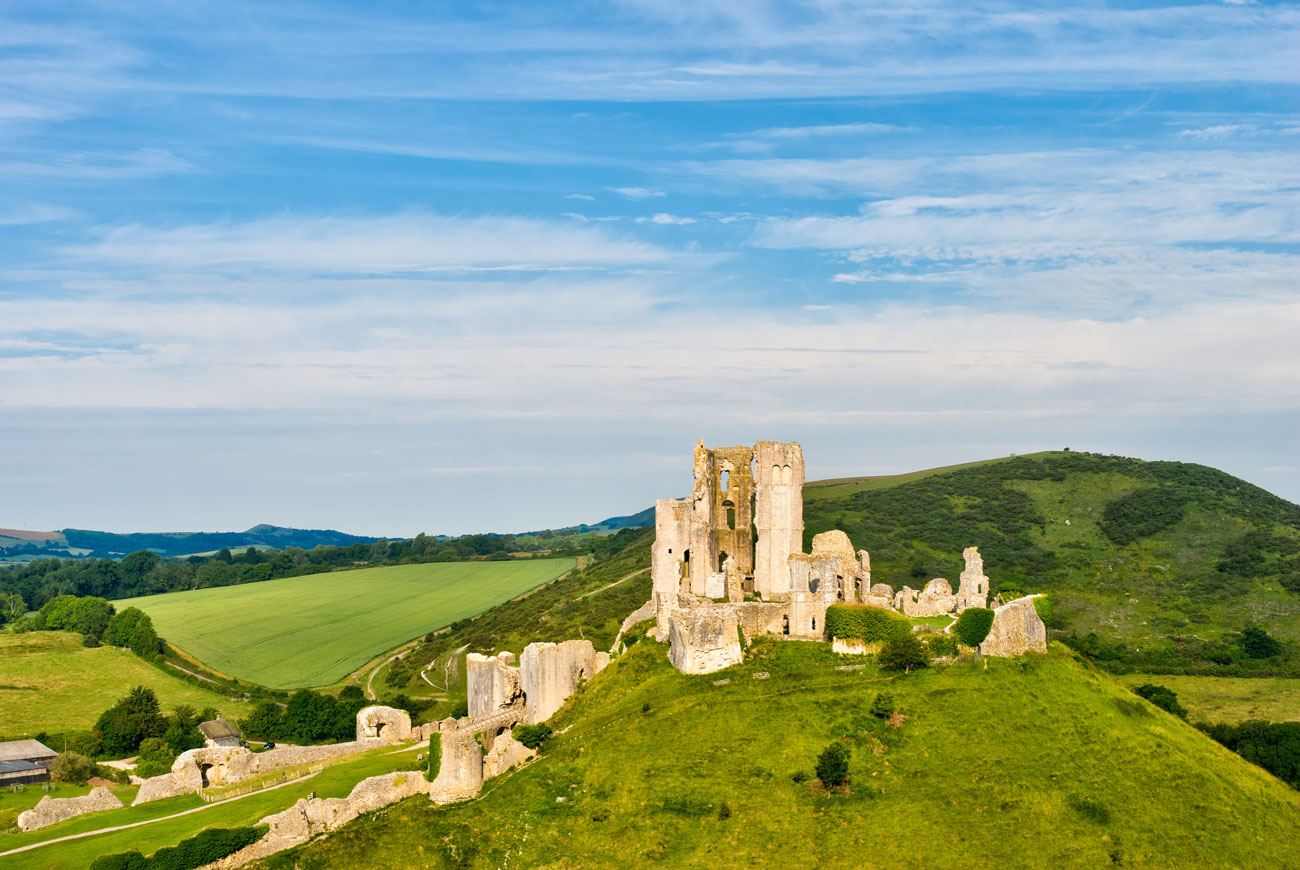
The Castle was used by Monarchs of England for over six hundred years before being sold by Queen Elizabeth I. It was then used as a private residence until Parliamentary forces took over in 1646 after which the castle was systematically destroyed over the ensuing years
Location: Dorset
Official website: Corfe Castle
PORTCHESTER CASTLE
Portchester Castle began as a fort in the 3rd century AD, built by the Romans. It was developed into a Saxon settlement in the 5th century and then a Norman castle after the conquest of 1066.
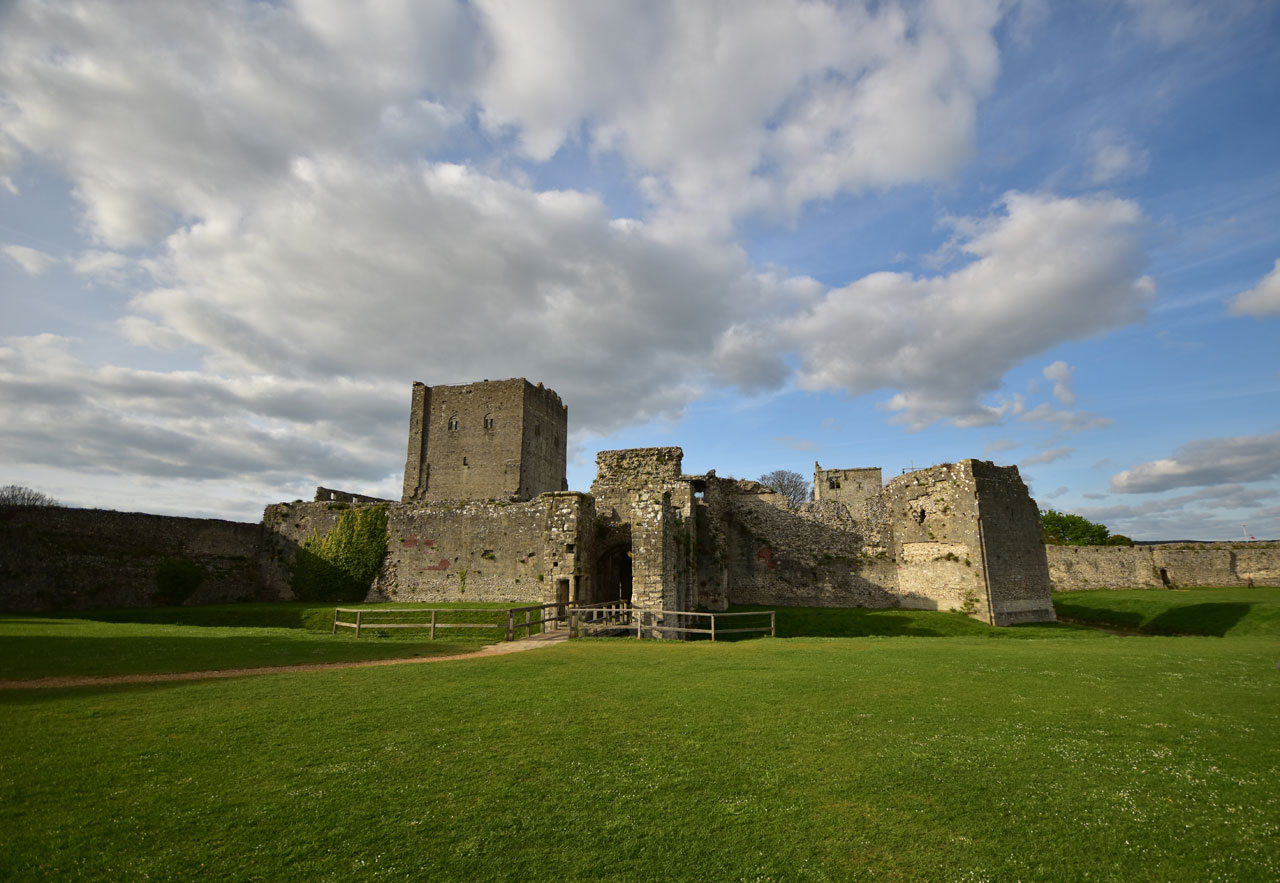
The castle served as a camp for prisoners during the reign of Henry II and also during the French Revolutionary and Napoleonic wars up to the year of 1814. The castle was then returned to the Thistlethwayte family. It was left to become a tourist attraction for visitors to enjoy and learn about its history.
Location: Hampshire
Official website: Portchester Castle
TINTAGEL CASTLE
Tintagel Castle is a large medieval fortification on Tintagel Head, along an uneven track from Tintagel village, in the north of Cornwall. The castle probably owes its survival to the romantic association with King Arthur and the Round Table but modern research has established that King Arthur may have existed six centuries before Tintagel was built.
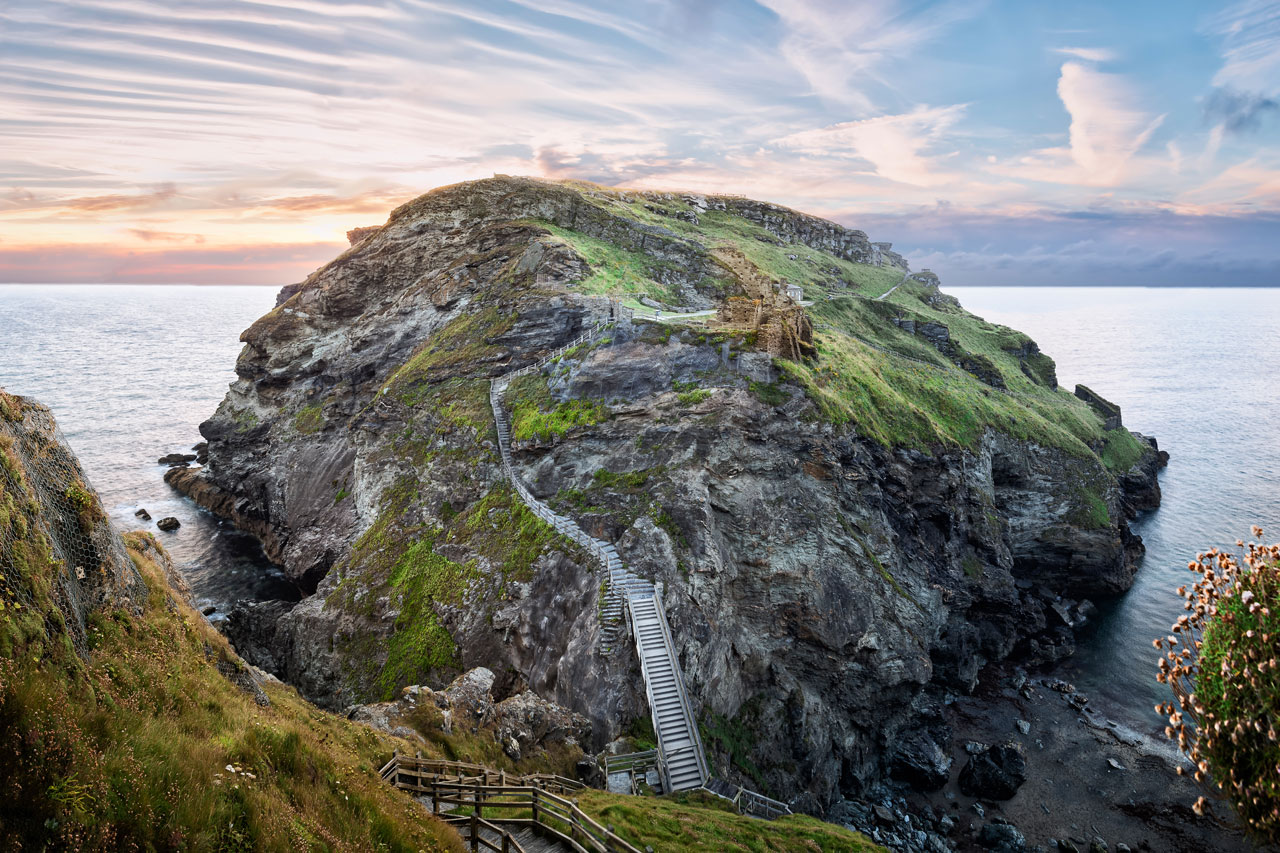
Tintagel Castle dates back to the 13th century and was built by Richard, Earl of Cornwall, brother of Henry III. The history of Tintagel goes back much further in time. Finds of pottery and early coins suggest Roman activity in the 3rd and 4th century and Tintagle was also an important trading centre with the Mediterranean world between 450-650.
Today visitors can cross the impressive new bridge spanning the gorge over to Tintagel Island and the caves below. The caves are said to be the former home of the legendary wizard Merlin. English Heritage now cares for this spectacular ruin and offers a lot of information on Tintagel's fascinating history.
Location: North Cornwall
Official website: Tintagel Castle
